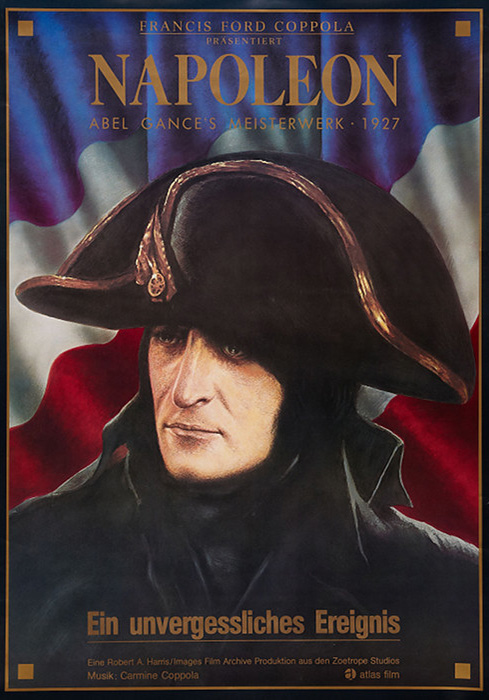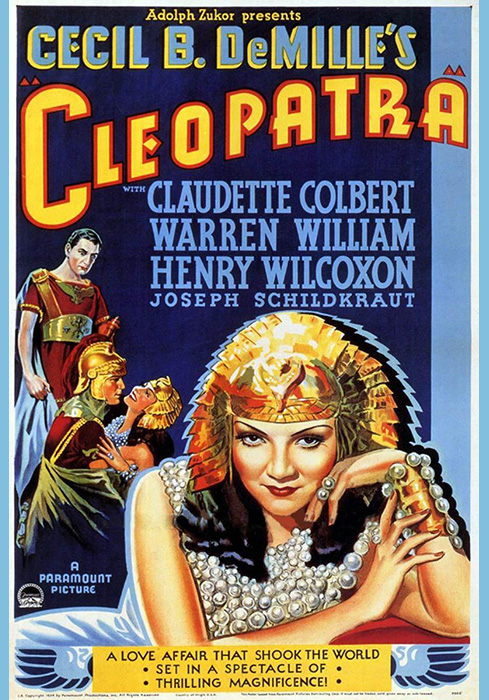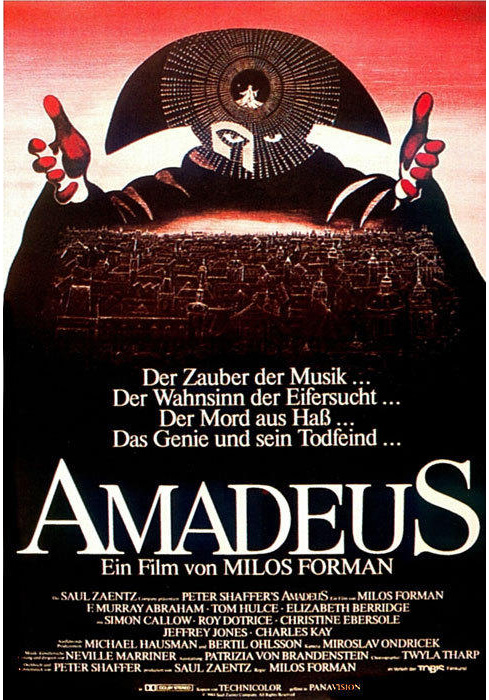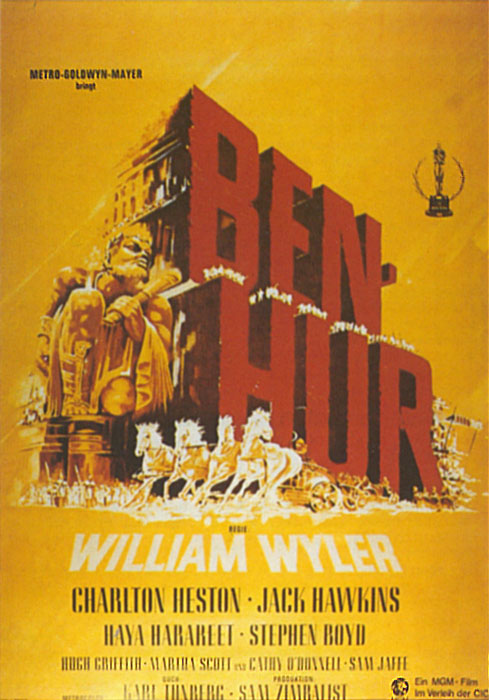Poster analysis
Getting to know and using the typology of the film poster
Films are advertised with trailers and posters before they are released, in order to create viewer interest in the
upcoming release. Posters and trailers are thus often our first contact with a forthcoming film and can in different
ways shape our expectations of the form and content of a film.
According to Klant/Spielmann (2008) there are four main types of film poster:
- the portrait poster
(places the face, half figure or whole figure of actors in the foreground; in the multiple portrait poster, several (main) figures are staggered according to their significance in the film; the figures look at the viewer or look into an indeterminable distance) - the scenic poster
(represents scenic actions that serve to characterise the film events but do not necessarily have to appear in the film itself) - the symbolic poster
(is dominated by a symbol, such as the Batman logo) - the typographic poster
(dominated by the font, which refers to the character of the film through its design)
The last two types are rarely found in their pure form. Often elements of several types can be found in one poster.
Literature: Klant, Michael / Spielmann, Raphael (2008): Grundkurs Film 1: Kino, Fernsehen, Videokunst: Materialien für die Sek I und II, Schroedel, pp. 196 - 198

Fig. 1: Example of a portrait poster

Fig. 2: Example of a scenic poster

Fig. 3: Example of a symbolic poster

Fig. 4: Example of a typographic poster
Task 1
- Use the workspace to assign at least one of the four poster types to the film poster of Run Lola Run. When assigning more than one type, use the interactive pie charts to illustrate the share that one type has in the overall poster design. Write down the central design elements of the poster in the note fields belonging to the poster types and arrange them on the poster.
- Add the film posters 2, 3 and 4. Also assign one or more poster types to these posters.
- Compare the 4 film posters with each other in terms of image, text and title. On the basis of your findings, try to describe the message they each convey about the film and the expectations they arouse in the audience.
- Discuss which of the four posters you think best suits the film. If necessary, make your own proposal for a new design, using different elements of each poster (give your reasons for this).